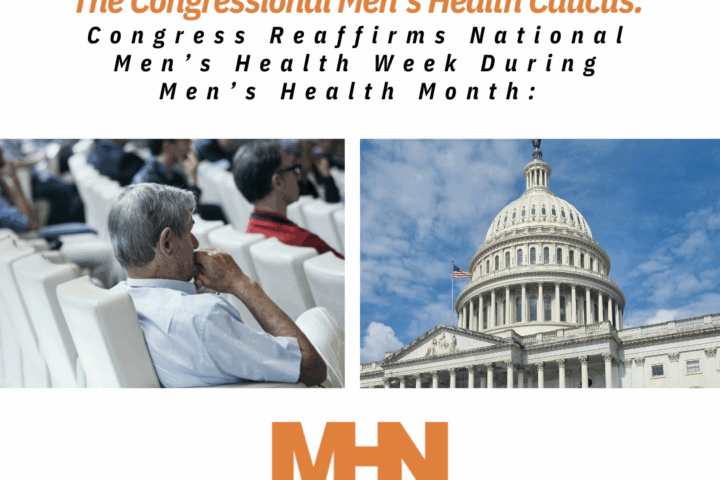Congress and policy makers in Washington are intently focused on how to optimally manage the cost of prescription medications. Many proposals have already been released, and it’s likely that this focus will continue well into the 2020 elections and beyond. This is perfectly appropriate, given that access to medications is a cornerstone of the management of most medical conditions. It’s also likely that over the next several months and years, there will be myriad legislative and regulatory proposals floated, debated, voted on, and in some cases, enacted.
Given the profound impact these policy changes will have on the efficacy of health care in the United States and, most importantly, the well-being of patients across the country, Men’s Health Network strongly urges public-sector policymakers and regulators as well as private-sector payers, benefit managers, and PBM executives to adhere to the following principles, which we believe strike a critical balance between the needs of patients, the importance of innovation, and ensuring a consistent supply chain for medical products and therapies.
Five Key Principles to Sound Prescription Medication Pricing Reform:
- Prioritize Straightforward and Effective Reforms
Instead of overhauling systems or creating more complexity and confusion in an already complicated health system, policymakers should create systems and procedures that are simple, transparent, understandable and effective. This is of paramount importance to restoring the faith of patients in the system that has been lost as the processes have become mysterious, veiled in secrecy and overly complex and convoluted.
- Ensure Cost Reductions Are Passed to Patients
Any reforms must honor the tenant that was at the forefront of establishing the current system by returning the lion’s share of cost savings – whether they be from contract-rates, rebates, price concessions or whatever – to the patient. Further, the goal of reform should be to reduce patient out-of-pocket expenditures for prescription medications from current levels, rather than just holding the line on costs which are already problematic for many. Returning cost savings to insurance companies and PBMs (most of which are interlaced) or any other entity other than the patient is wrong.
- Protect Access to Care
Pricing reforms and caps on out-of-pocket expenditures for medications make sense only if they do not impede access to treatments. A “rob Peter to pay Paul” strategy where short term caps are imposed at the expense of significantly higher premiums or more restrictive access has not worked. If caps are instituted, they should be designed in a way to reduce out-of-pocket expenses without compromising other core elements of prescription care or access.
- Preserve the Provider/Patient Relationship
Access to the full spectrum of medications and innovative therapies should not be restricted by limited formularies or an undue trial-and-error process. The selection of therapeutic alternatives must honor the wishes and values of patients within a system that keeps the patient-healthcare provider relationship as the focal point of treatment decision making.
- Allow Markets (Not Government) to Reduce Prices
Pricing models and mechanisms should be market based, not dictated by government or policies. Establishing arbitrary price targets using reference standards that are not applicable to the needs, wishes and way of life of American patients undercuts fundamental principles of free markets.
These five principles have one commonality – keeping the long-term best interests of patients in focus. In the end that will fulfill the ethical and social obligations of providers, government and health benefit managers and enhance the care of patients.
As part of our work educating and providing advocacy opportunities for men, boys and their families, Men’s Health Network will continue to explore these principles in more depth in the coming weeks. Please check back here on our blog to follow the series or reach out on social media to engage, ask questions, and learn more about the policies that impact men’s health.
Photo by Anna Shvets from Pexels




